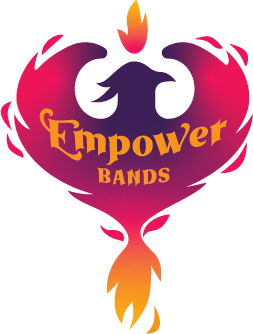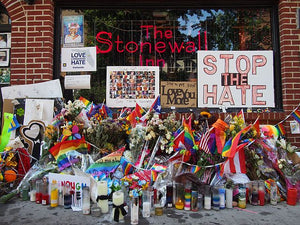You’ve probably at least heard a bit about the Stonewall Riots. Of course, this topic doesn’t get covered in the history books as it should, and it takes the right teacher to let their students know about these riots and why they were so important. Even if you have heard of the riots, you might not know much about the real history behind them. Below, we will be taking a look at the riots, what led to them, and the legacy of Stonewall.
The Lead-Up
The late sixties were a tumultuous time. The country was in the midst of a war, the civil rights movement was underway, and there were tensions between the youth and the “old guard” that thought all of the changes in society would be the end of the country. It’s important to also remember that being gay was illegal in most parts of the country at this time. Not just frowned upon by certain members of society, but actually illegal. It was a difficult time for the LGBTQ+ community.
Therefore, the gay community had to find places where they could safely congregate. This proved to be difficult, as there were not a lot of gay bars and clubs. The NY State Liquor Authority would shut down clubs that served alcohol to LGBTQ+ individuals.
The Mafia often ran the gay establishments in NYC because of this. They saw a business opportunity and didn’t care about flouting the law. The police knew that the Mafia owned these clubs, and that gave them even more reason to go in and cause problems, which is just what they did. The police would raid the bars.
By 1966, many of the regulations involving alcohol were overturned. However, it was still illegal for people in the bars to engage in any “gay behavior” in public. This included things like kissing, holding hands, or dancing with someone of the same sex. Naturally, this meant that the police would still go into these bars to harass and arrest the patrons.
The Stonewall Inn
The Genovese crime family owned the Stonewall Inn along with most of the gay bars operating in Greenwich Village. When they bought Stonewall in 1966, it was a restaurant and “straight bar”. They renovated it and opened it the following year as a gay bar. They called it a private bottle bar, so they didn’t have to get a liquor license. This meant that people were supposed to bring their own booze. The Genovese family bribed the police to ignore the club, and that worked for a time.
Keep in mind that the Mafia isn’t fully the “good guys” here. They would also blackmail wealthy and well-known people that came to the club, promising to let others know about their sexuality if they didn’t pay.
June 28, 1969 – The Night the Riots Started
Even with the bribes to the police, the Stonewall Inn would still get raided on occasion. Sometimes, the corrupt cops would tip off the owners, so they could make everything look legitimate. A few days before June 28, the Stonewall was raided, but they were prepared. However, in the early morning hours of June 28, 1969, there was no tip about the raid. It came as a surprise when the police busted through the doors.
Officers entered the club, were violent with the patrons, found illegal alcohol, and then arrested 13 people.
The patrons were tired of this harassment and the violence that was so often visited upon them no matter where they went, just for being who they were. Things needed to change. When the police led their prisoners out of the bar, they were met with a large group of angry people. This included patrons from the bar, as well as residents from the neighborhood. Tensions grew.
Supposedly, when one of the police officers was putting a woman into the police van, he hit her in the head. She shouted and the onlookers had seen enough. They started to throw things at the cops. Anything available including change, bottles, stones, and more, they threw.
The riot erupted. Hundreds of people became involved, and this frightened the police, who retreated into the bar where they barricaded themselves. The people attempted to break into the bar and even tried to start it on fire. It took the fire department and the riot squad to put out the fire and get to the barricaded police.
Although the crowd eventually dispersed that night, the protests in the area continued for another five days. Thousands of people came to the area to protest. This was the beginning of something important.
The Legacy of Stonewall
The movement for gay rights had started before Stonewall. However, it was something that brought a lot of people together into activism. Many of the organizations for LGBTQ+ rights today can be traced back to the riots. This includes the Gay Liberation Front and GLAAD.
On the first anniversary of the riots, thousands of people marched through Manhattan from the Stonewall Inn to Central Park. This was the first gay pride parade in the United States. The origins of Pride can be seen from the Stonewall Riots, as well.
In 2016, Barack Obama designated not only the Stonewall Inn but also Christopher Park and the nearby streets and sidewalks as a national monument to recognize the contribution to gay rights.
Today Might Be Very Different Without Stonewall
Although gay rights were a topic for activists prior to the riots, it’s not hyperbole to say that they were what helped to galvanize more people to the movement. More people were interested in the things they could do to help the gay community, even if they weren’t part of the community themselves.
There is still a long way to go when it comes to acceptance and rights for the LGBTQ+ community, but we are taking steps each day to help the world become a better and more loving place. The Stonewall Riots, violent as they may have been, helped to foster this.
Resources:
https://www.britannica.com/event/Stonewall-riots
https://guides.ll.georgetown.edu/c.php?g=592919&p=4182235


